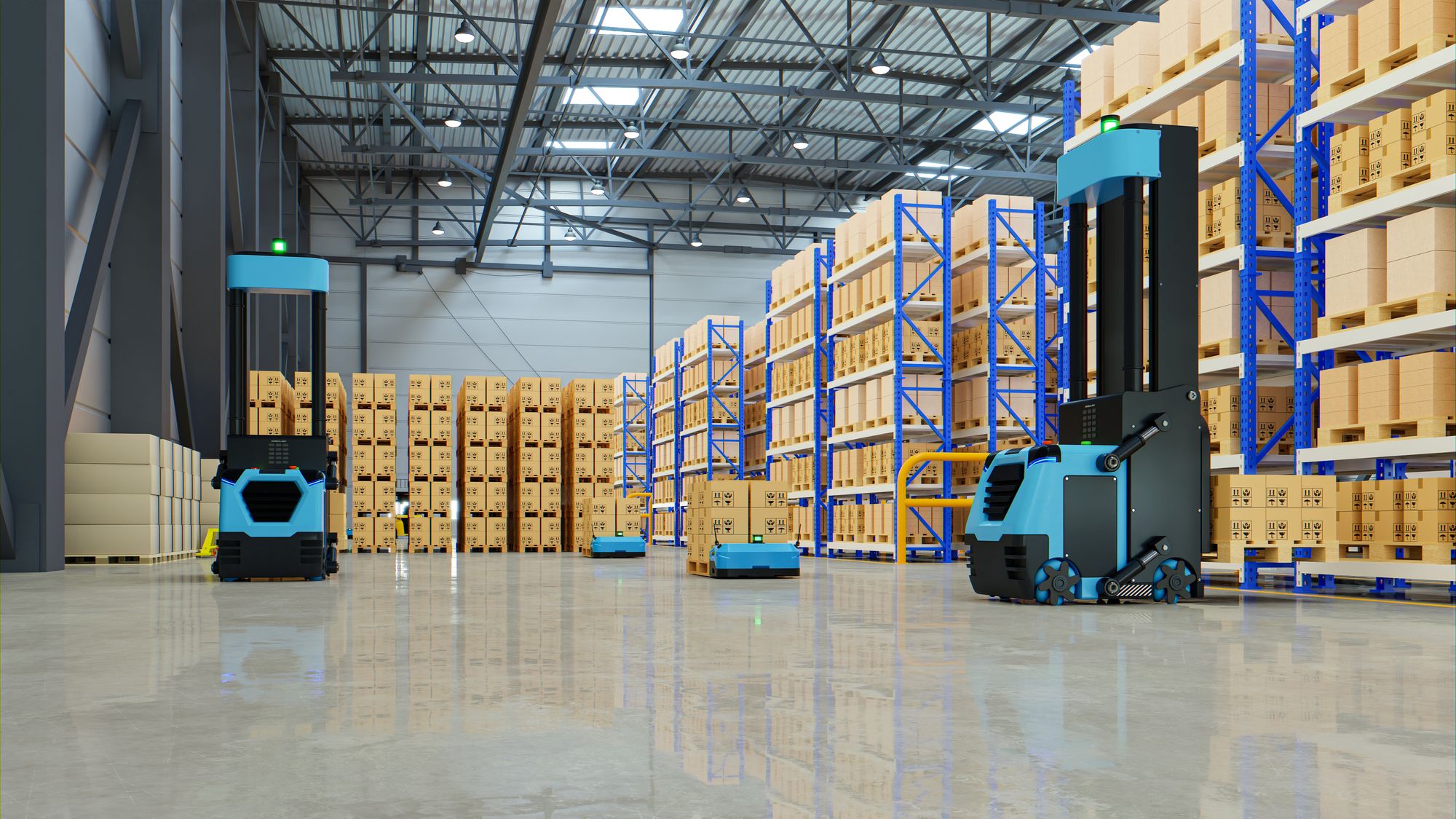Deciding What to Sell on Amazon
Selling on Amazon as an independent seller is a great way to monetise excess inventory and grow your business. As one of the largest e-commerce platforms in the world, Amazon offers sellers a unique opportunity to get their products in front of millions of buyers.

Amazon is one of the largest e-commerce platforms in the world. It's so big that it even has its own marketplaces: Amazon India, China, Japan, and Germany, to name a few.
Selling on Amazon as an independent seller is a great way to monetise excess inventory and grow your business. As one of the largest e-commerce platforms in the world, Amazon offers sellers a unique opportunity to get their products in front of millions of buyers. So let's dive into how you can choose what to sell on Amazon.
When you think about selling on Amazon, your mind races with ideas for products to market. How can you choose what to sell on Amazon? You have so many options! Which product stands out from the rest? Which product has the highest demand among customers? Which product is easiest to source and manufacture at a reasonable cost? These are all questions that need answers. Luckily, this article will not only answer those questions but also provide some tips on how you can make an informed decision.
Determine if There's Enough Demand for Your Product

First and foremost, you want to ensure enough demand for your product. Amazon is a unique platform that allows you to sell anything from anywhere to anyone. However, it does have some limitations. This is where demand comes into play. A product's market demand is the sum of all individual consumer needs in the market for a service or product. As more customers enter the market for the same goods, interest in the market at each value level will rise.
The product-demand analysis is essential in determining how much consumers desire a particular product or service.
There are a lot of methods to determine the demand for the product you have chosen to sell.
The first step in conducting a market research is defining and identifying the specific market to concentrate on newly demanded goods or services. Businesses will use consumer feedback or market research to see whether they are satisfied with the present product concepts.
Another method is to use some digital tools. For instance, a Google website called Google Trends analyses the most popular search terms in Google Search across all regions and languages. The website uses graphs and charts to examine the frequency of different types of searches over time.
You can also use Jungle Scout or Helium10, which have an Amazon research tool that enables you to track competitors, research keywords, forecast sales, and locate winning products.
You can also conduct market research using social media platforms like Facebook, where you can read product reviews and gauge the level of interest in the market.
Research the Competition
Another way to measure the demand is to analyse the competition. If similar products are sold on Amazon, it's a good sign of demand.
When deciding what to sell on Amazon, you need to look at the top 10 products in your category. Why the top 10 products? You don't want to compete with the entire range of products in a category; you want to compete with the best. Besides, the top 10 products are the products that rank the highest for their respective keywords and respective sales rank.
Define Your Selling Strategy
Before you even consider selecting a product to sell, you must define your selling strategy. This will help you stay consistent with your decision-making process when choosing your product. Your selling strategy should cover a few aspects of your business. For example, your target customer, fulfilment strategy, and marketing plan.
- Target Customer: You need to know your target customer before you can make an informed decision on what to sell. Who are they? What are their needs and wants? What are their hobbies and passions? What are their pain points? By knowing who your target audience is, you can leverage it to your advantage and create better products and services
- Fulfilment Strategy: You need to decide how you're going to fulfil your orders. Are you going to use Fulfilment by Amazon (FBA)? Are you going to outsource your shipping to a third-party logistics company (3PL)? You must also consider storage space, costs, and other logistics.
-Marketing Plan: There's a big difference between selling 1 product per month and selling 100 products per month. You need to be able to scale your business, and to do that; you need a marketing plan. Your marketing plan should include the channels you're going to use to promote your products, the type of content you're going to create for your products, and the type of customers you're going to target.
Identify Amazon's Requirements

Next, you want to identify Amazon's requirements for the product you wish to sell. Amazon has a lot of rules and regulations when it comes to selling on its platform. You need to make sure your product doesn't violate any of Amazon's policies. If it does, you risk having your account temporarily or permanently suspended. Besides, you want to make sure your product is affordable and easy to ship.
Amazon has guidelines on what can and cannot be listed and sold on the platform. This is where the merchandise category comes into play. The Merchandising category is divided into three subcategories: - Home & Kitchen - Apparel, Accessories & Shoes - Health & Beauty. These categories cover the majority of products that are sold on Amazon. The trick here is to find out which type best suits your product.
Additionally, Amazon has strict rules on cubic dimensions, weight, and packaging. You also want to make sure your product has a long shelf life. You don't want to be stuck with a lot of old inventory that you can't sell.
In a nutshell, Amazon is an excellent place for sellers who want to expand their business and grow their audience without having to invest in new infrastructure. At the end of the day, there's no one-size-fits-all formula for finding the best product to sell on Amazon. Hopefully, this article helped you understand what it takes to choose what to sell on Amazon.


